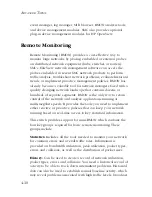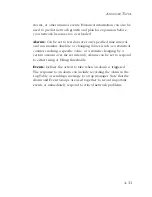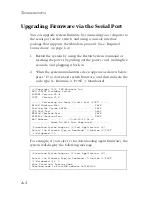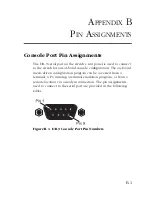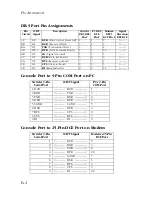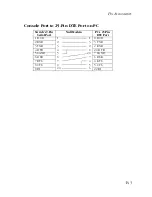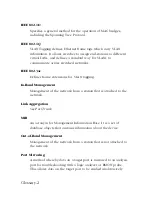
A
DVANCED
T
OPICS
4-8
Based on the group membership information learned from IGMP, a
router/switch can determine which (if any) multicast traffic needs
to be forwarded to each of its ports. At Layer 3, multicast routers
use this information, along with a multicast routing protocol such
as DVMRP, to support IP multicasting across the Internet.
Note that IGMP neither alters nor routes any IP multicast packets.
A multicast router/switch must be used to deliver IP multicast
packets across different subnetworks.
Class-of-Service (CoS) Support
The TigerSwitch 100 provides two transmit queues on each port,
with a weighted round-robin scheme. This function can be used to
provide independent priorities for various types of data such as
real-time video or voice, and best-effort data.
Priority assignment to a packet in the TigerSwitch 100 can be
accomplished in any of the following ways:
•
Priority can be explicitly assigned by end stations which have
applications that require a higher priority than best-effort. This
switch utilizes the IEEE 802.1p and 802.1Q tag structure to
decide priority assignments for the received packets.
•
A port may be manually configured as high priority. In this
case, when any other port receives traffic from a high-priority
port, that traffic is automatically placed in the high-priority
output queue.
Содержание TigerSwitch 100 SMC6924VF
Страница 2: ......
Страница 12: ...TABLE OF CONTENTS vi ...
Страница 156: ...ADVANCED TOPICS 4 12 ...
Страница 160: ...TROUBLESHOOTING A 4 ...
Страница 164: ...PIN ASSIGNMENTS B 4 ...
Страница 172: ...INDEX Index 4 ...
Страница 173: ......

















